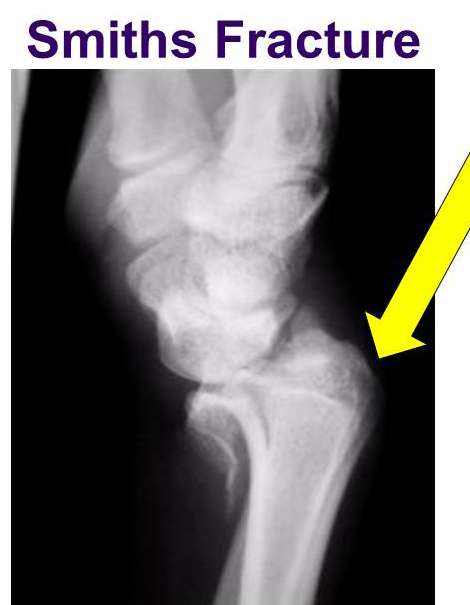

You can drink clear fluids (water or black tea without sugar) up to two hours before your operation. In order to have an operation you are required not to eat anything for at least six hours before your operation. There may be information they need to know, especially if they are taking care of you following this operation. Share the information it contains with your partner and family (if you wish) so that they can be of help and support. There are risks of undergoing an anaesthetic but these will be discussed with you by your anaethetist. These risks will be discussed with you throughout your stay and before you are asked to sign your consent form for your operation. the risk of the bones not healing properly.the risk of residual weakness/ reduced function.Can there be any complications or risks?Īs with any surgery there is a risk of complications. Alternatively, the fracture may be treated in a plaster, although in significantly displaced fractures there may be resultant deformity and possibly loss of function. Surgery may be required to repair the bone in a better position and limit these risks. If a fracture heals in a bad position, it may cause deformity and loss of function in that area. The severity and location of your fracture may affect the way in which you can use your hand and arm in everyday life. Why do I need an operation?Ī fracture to the wrist will cause pain, swelling and discomfort. Frequently in displaced fractures, a manipulation is carried out in the Emergency Department. It is normally diagnosed with examination and X-rays. For example a colles fracture or a distal radius fracture would be described as a fractured wrist. You will hear different names used to describe your fracture depending on the type of injury. The wrist consists of two bones, the radius and ulna. What is a fracture of the wrist?Ī fracture is either a partial or complete break through a bone. If after reading it you have any concerns or require further explanation, please discuss this with a member of the healthcare team caring for you. It is not intended to replace the discussion between you and your doctor or nurse but may act as a starting point for discussion. Most of your questions should have been answered by this leaflet. This leaflet has been produced to give you general information about your admission to hospital for surgery. Need some help choosing a language? Please refer to Browsealoud Supported Voices and Languages. You can translate this page by using the headphones button (bottom left) and then select the globe to change the language of the page.


 0 kommentar(er)
0 kommentar(er)
